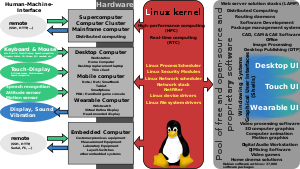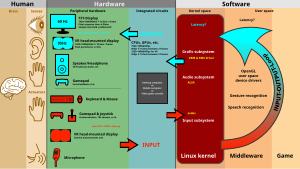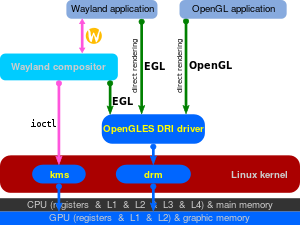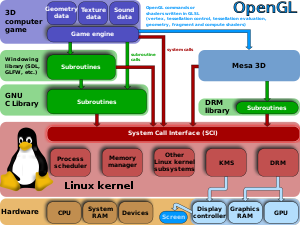| This WikiProject is believed to be inactive. Consider looking for related projects for help or ask at the Teahouse.
If you are not currently a project participant and wish to help you may still participate in the project. This status should be changed if collaborative activity resumes. |








This project started to address the problem of un-maintained articles relating to free and open-source operating systems with a graphical shell based on the Linux kernel.
© MMXXIII Rich X Search. We shall prevail. All rights reserved. Rich X Search
